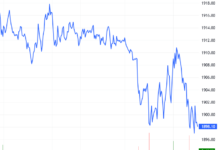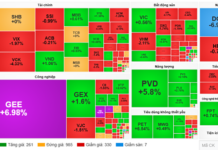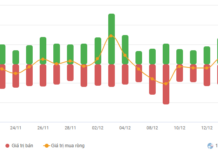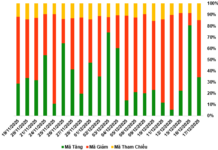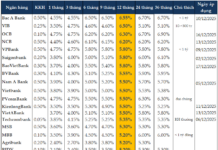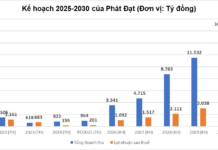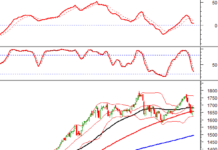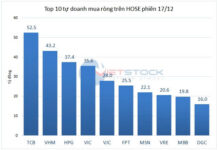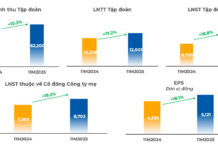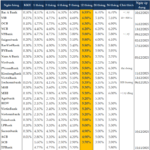Vietbank’s commercial real estate lending reached VND 20,050 billion, a 25% increase. Over the past six months, the proportion of credit injected into this sector as a percentage of total credit has also risen from 19.8% to 22.5% at this bank.
Nam A Bank’s loan balance for real estate business activities increased from VND 12,802 billion to VND 16,849 billion in six months, a nearly 32% increase.
According to the Ministry of Construction’s Q2 Real Estate Market Report, in just the first two months of the quarter, banks injected an additional VND 42,640 billion into the real estate market, bringing the total credit balance for real estate business activities to VND 1.2 quadrillion.
Specifically, the credit balance for investment projects in urban area construction and housing development reached VND 318,799 billion. Credit balance for office rental projects stood at VND 44,080 billion, while the balance for industrial park and export processing zone construction projects was VND 86,330 billion.
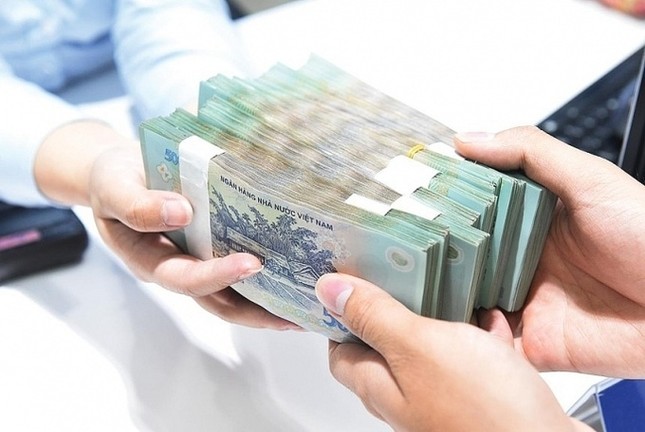
Many banks are increasing their real estate lending.
The credit balance for tourism, eco-tourism, and resort projects reached VND 49,127 billion, while the balance for restaurant and hotel projects stood at VND 61,483 billion.
The credit balance for construction and repair of houses for sale or rent was VND 126,794 billion, while the balance for loans to buy land use rights was VND 94,402 billion. The credit balance for other real estate investment and trading activities reached VND 424,422 billion. In addition, the balance of guarantees for future homes was VND 14,406 billion.
In its recently published report on the banking sector, VPBank Securities stated that sustainable credit growth momentum needs to come from the capital demands of the people, with a significant portion driven by the real estate sector, including home-buying and real estate investment needs…
Credit related to real estate is considered a group with high and stable demand for borrowing, as well as being accompanied by collateral that helps reduce the risk of bad debt.
Analysts suggest that the need for a home, or “an cu lap nghiep” in Vietnamese, remains the primary need of the people. However, the ratio of house prices to people’s income in Vietnam has increased and is about 4-5 times higher than the recommended ratio (3-5 times). Although borrowing rates for home purchases have fallen significantly over the past year, high property prices have made it difficult for many to realize their dream of homeownership.
VPBankS expects policies and mechanisms to moderate housing prices to match people’s incomes and the VND 120,000 billion package for social housing loans… will help promote more sustainable credit growth.
According to credit institutions’ assessments, credit risk for loans is expected to continue a “slight increase” in the next six months and this year, but the rate of increase is forecast to slow significantly compared to 2023.

